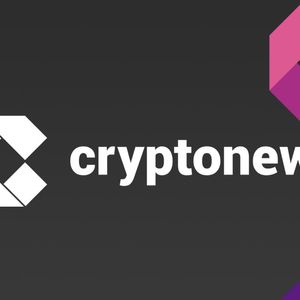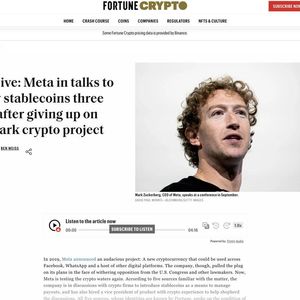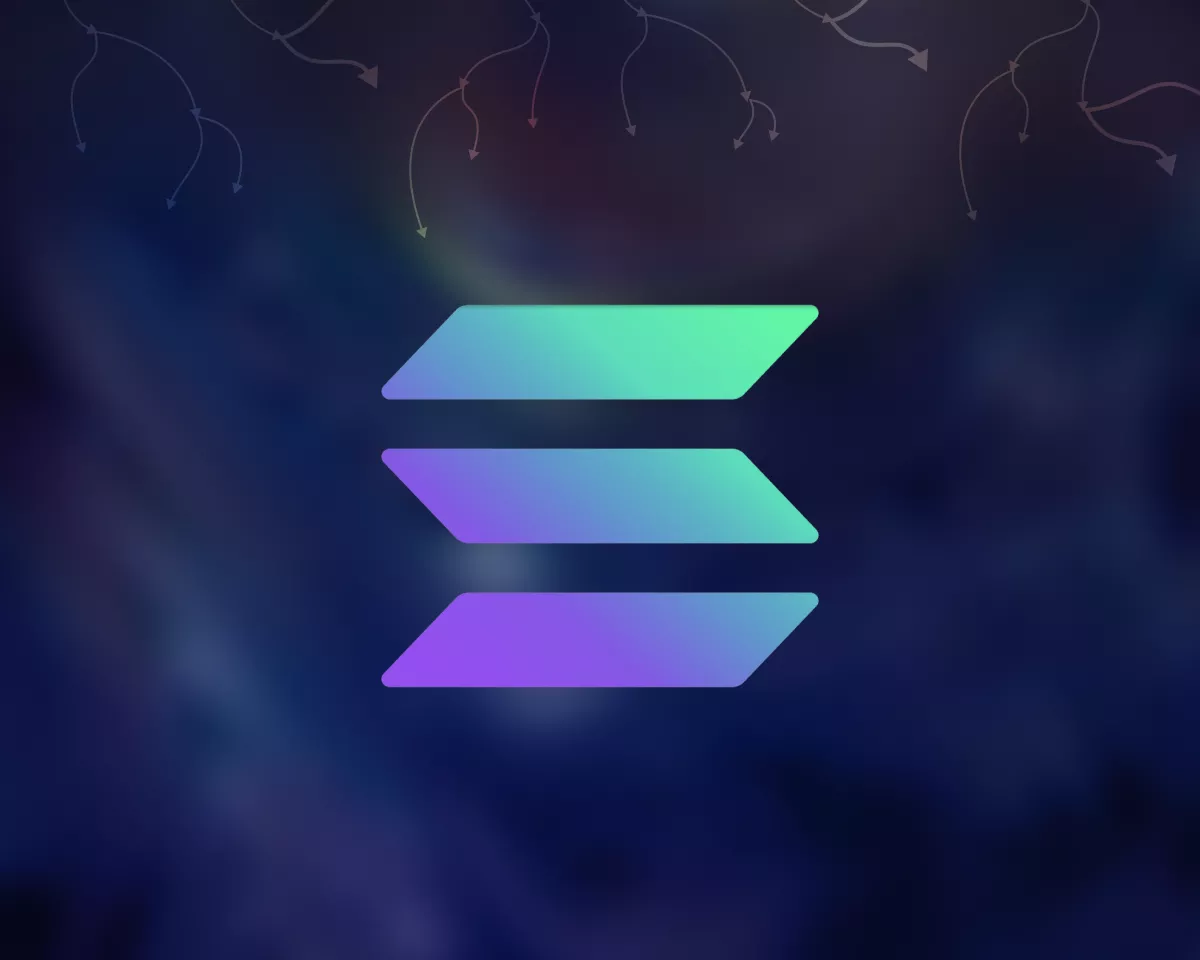Summary Since the April block reward halving, miners generate an average of 455 BTC per day in block rewards. Demand from ETFs and companies created a 563k BTC 1yr supply deficit. Roughly half of the corporate demand for BTC has come from a single company; Strategy. BTC miners make up most of the remaining public company purchases. Despite declining usage and fee market concerns, Bitcoin's narrative as a hedge against fiat currency devaluation remains compelling. I still view the spot ETFs as the most logical way to express that thesis, given the shareholder dilution taking place in MSTR and in the mining equities. Of the US-listed spot ETFs, IBIT is the most liquid, with over 70% share of total volume and more AUM than GBTC and FBTC combined. In recent coverage of Bitcoin USD ( BTC-USD ) for Seeking Alpha, I've speculated that the BTC price is close to entering 'beast mode .' A view I've held due to the clear hoarding - I mean HODLing - that is observable on-chain and the seasonality benefit of the calendar turning to February. 2025 is threatening to bust the latter thesis. But the former is still very much alive and well. At least for now. A common critique that I have noticed from readers in some of my previous Bitcoin-proxy work is the possibility that I'm under-appreciating the relevance of Bitcoin's supply shock dynamic. Coupled with what is an expectation of nation state BTC buying and greater adoption of BTC as a corporate treasury asset, the price of BTC theoretically must resolve upward given the combination of these two important factors. In this piece, we'll look more closely at some of those supply/demand numbers, assess some of the risks in the current trajectory for Bitcoin as a network, and assess whether the iShares Bitcoin Trust ETF ( IBIT ) is a good way to get exposure to Bitcoin. Supply/Demand Shock: Getting Under The Hood As I'm sure everyone knows by now, there is a hard capped supply of only 21 million BTC that will live on the Bitcoin blockchain. Of which, 19.8 million are already in circulation. Of that 19.8 million, roughly 1 million are held by wallets believed to be controlled by Satoshi Nakamoto and are generally viewed to be 'out of circulation.' From there, an additional 11 million are controlled by 'hodlers' or wallet addresses that haven't moved supply in a year or more. The rest are generally held by public/private companies, governments, DeFi protocols, and financial instruments like spot ETFs. Last April, the block reward subsidy was cut in half and miners are currently averaging about 455 BTC in daily block rewards. Meaning, on days when spot ETFs add more than 455 BTC under management, the Bitcoin network is effectively in a supply deficit all else being equal. Monthly Miner/ETF Supply Surplus/Deficit ( IntoTheBlock, Author's Chart ) The chart above is my estimate of the monthly supply surplus or deficit going back the last 5 years using issuance and ETF holding data from IntoTheBlock. Perhaps to no real surprise, BTC has been in a supply deficit 5 of the 9 full months since the last halving and 7 of the 12 full months since spot ETFs launched in the United States. Going back to February 2024, the accumulated BTC deficit - miner rewards minus spot ETF net flows - is more than 159k BTC. Now, it's important to mention, this calculation doesn't factor in government holdings or corporate treasury purchases over the same time frame. Utilizing those numbers from Bitcoin Treasuries, the deficit is even larger: BTC Holdings 2/12/24 2/12/25 Difference YoY ETFs/Funds 858,444 1,336,218 477,774 55.7% Government Holdings 565,749 512,810 -52,939 -9.4% Public Companies 277,288 631,729 354,441 127.8% Private Companies 485,852 424,127 -61,725 -12.7% DeFi/Smart Contracts 156,668 201,939 45,271 28.9% Total 2,344,001 3,106,823 762,822 32.5% Source: Bitcoin Treasuries, Author's calculations There has been a 32.5% year over year combined increase in BTC held through the financial products, global governments, corporate treasuries, and smart contracts. Nominally, this is a 763k increase in BTC held through these entities. If we subtract that figure from the 200k BTC that has been added to circulation through the block reward, we observe a nearly 563k BTC deficit going back to the last year. And this is even when accounting for a 9% year-over-year decline in government holdings and a nearly 13% decline in private company holdings. Though, for better context, private company declines over the last year are entirely attributed to Mt Gox distributions. That said, the overwhelming majority of BTC holdings from both private and public corporations are from crypto-adjacent companies including exchanges, custodians, and miners. Which brings us to what I view as the key short-term risk for BTC. Short-Term Risk: BTC Buys Funded By Dilution Of the 354k BTC that has found its way to public balance sheets over the last 12 months, almost 289k of that BTC flow - nearly 82% - has come from Strategy ( MSTR ) alone. Tesla ( TSLA ) has added a little under 2k BTC after having sold 29k coins a couple years ago. Semler Scientific ( SMLR ) - one of the few large holders with a non-BTC-themed business - has purchased $3.2k BTC. From there, it's essentially all MSTR and Bitcoin miners contributing to public stock balance sheet BTC growth: BTC Holdings 2/12/24 2/12/25 Difference YoY Strategy 190,000 478,740 288,740 152.0% MARA Holdings ( MARA ) 15,741 45,659 29,918 190.1% Riot Platforms ( RIOT ) 7,362 18,221 10,859 147.5% CleanSpark ( CLSK ) 3,573 10,556 6,983 195.4% Hut 8 ( HUT ) 9,195 10,208 1,013 11.0% Total 225,871 563,384 337,513 149.4% Sources: Bitcoin Treasuries, company filings After Strategy, four of the next five largest public holders of BTC are BTC miners. Notably missing from this list of major BTC buyers is Coinbase ( COIN ) which hasn't purchased any BTC since late 2022 despite holding a war chest of a balance sheet that includes over $7.7 billion in cash and equivalents. What I think needs to be mentioned at this point is the fact that some of the largest miners in the public equity markets are not only not selling mined supply, but they are actually purchasing BTC in addition to what they're earning through the block reward subsidy. This means the BTC supply deficit is likely quite larger than the roughly 563k BTC deficit mentioned in the prior section. But again, these BTC purchases are mainly coming from three distinct interests; spot ETFs, Strategy, and public miners who are trying to essentially copy Strategy's treasury management approach. And to be clear; at 289k BTC added in the last 12 months, MSTR's impact on the price of Bitcoin has been enormous. But all of this comes at the cost of dilution: Data by YCharts While I'm willing to recognize 'BTC yield' as a concept, it's seemingly working the best for MSTR rather than the mining stocks despite similar levels of shareholder dilution over the last several quarters. I won't get into whether I think this is 'philosophically good' or not. I share because it's what I see taking place. Miners that don't sell any BTC to fund things like COGS or opex have to sell shares instead. If that results in a higher BTC price, that's the outcome that traders and investors have to be cognizant of. Long-Term Risk: Miner Incentives The supply deficit we've witnessed over the last year is bullish BTC - the proof is in the pudding. But I do think there are longer-term implications from ETFs and companies like Strategy soaking up supply that should still be considered. Network usage actually does matter, and it's why I make a point to share the metrics with Seeking Alpha readers on a regular basis. There's an interesting similarity to Ethereum ( ETH-USD ) at play that I don't believe is being properly appreciated by the market. At this point, the Dencun upgrade is widely understood to have - at least temporarily - hurt the fundamental bull case for ETH . This is because scaling has been pushed to L2 usage rather than main layer settlement. The result? A drastic reduction in network fees, and ETH has clearly suffered because of it. I would argue the same thing could happen to Bitcoin if on-chain usage continues to decline. However, rather than L2 networks siphoning fees from the Ethereum network, it's the ETF managers eating BTC supply (and fees) while miners struggle to generate meaningful revenue from transactions on a chain with a fixed supply asset. USD/PHS/DAY ( Hashrate Index ) Price can rally to new highs every four years or so. It doesn't mean validation of the network makes financial sense because miner profitability is a much different story. The US dollar-denominated hashprice index is once again under $55 PH/s per day. Meaning, it was more profitable to mine Bitcoin on December 28th, 2022 when the coin closed at $16,500 per coin than it is today at $97,500. This is a flaw that can push smaller, non-public miners off the network and threaten the long-term decentralization of Bitcoin. Of course, none of this means the price of Bitcoin has to go down long term. Frankly, I've raised concerns about declining usage, Bitcoin's fee market as a mining incentive, and the general lack of on-chain scalability without intermediaries before. None of it has mattered. Right or wrong, Bitcoin is viewed as the digital asset that will benefit the most from all fiat currencies going to zero over time. As someone who has been invested in Gold for far longer than Bitcoin, I'm sympathetic to the sentiment and find the narrative quite compelling. How does one express the bullish BTC view? iShares Bitcoin Trust I've clearly taken the view that MSTR is probably the wrong way to play BTC at a large premium to the BTC at this juncture. Great trade? Yes. For me, the more straightforward bet is through the spot ETFs, and it's very difficult to argue against IBIT, in my view. Top 5 BTC ETFs (The Block) IBIT is far and away the largest spot Bitcoin fund by AUM, with over $55 billion under management. iShares Bitcoin Trust now has more BTC held within the fund than the Fidelity Wise Origin Bitcoin Fund ETF ( FBTC ) and Grayscale Bitcoin Trust ETF ( GBTC ) combined. This year, the fund has had over 70% market share of the spot ETF trading volume. It's a liquid fund and fees are low. At a 0.25% expense ratio, IBIT remains one of the most competitive ways to get BTC-exposure through a traditional brokerage account. I still personally prefer self-custody through a secure on-chain wallet, but through a tax advantaged account like a Roth IRA, IBIT is a solid choice. Closing Summary The supply/demand shock that propelled Bitcoin from $38k in late-January 2024 to over $109k in January 2025 is a very legitimate bullish catalyst. While I'm very much concerned that such a small number of companies in the public equity market are the ones responsible for most of the growth in corporate BTC stacks over the last 12 months, the reality is they're still doing it. My view remains that there will be long-term ramifications from the share of BTC ownership going to just a small group of public stocks and ETFs. But as long as miners can continue to fund mining and asset purchases through shareholder dilution rather than from profitable operations, BTC's price pressure figures to remain upward. I'm not sold that global governments are going to play a large role in acquisitions any time soon, and see the year-over-year reduction in government holdings as an important signal to consider. But I still don't think BTC has topped yet for this cycle. IBIT is a buy.



















